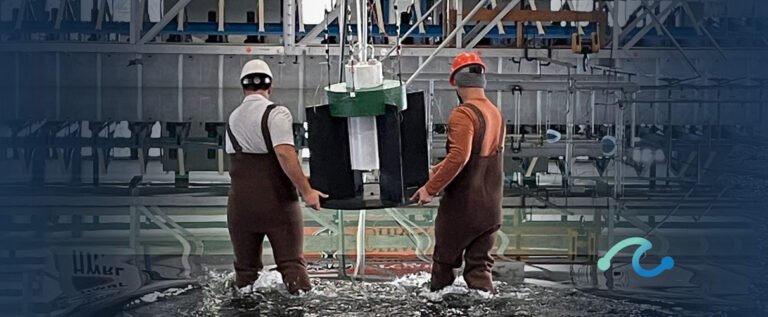The U.S. TEAMER Program Supports 15 Marine Energy Projects with Nearly $1.9 Million
The U.S. Testing Expertise and Access to Marine Energy Research (TEAMER) program has recently announced the approval of 15 marine energy projects, allocating almost $1.9 million through its fourteenth request for technical support (RFTS).
TEAMER aims to provide technical expertise and access to facilities to recipients, enabling them to advance testing, modeling, and innovation for marine energy technologies.
Accelerating Marine Renewable Commercialization
Funded by the U.S. Department of Energy (DOE) and managed by the Pacific Ocean Energy Trust, the TEAMER program was established to accelerate the commercialization of marine renewables.
Selected applicants and their respective facilities will finalize test plans, a prerequisite for the commencement of assistance activities. Applications for the fifteenth RFTS are currently open until February 7, 2025.
Approved Projects and Collaborations
Among the approved projects, Buogra Limited will conduct basin testing of its Buogralon wave energy converter (WEC) at the University of Maine. Deep Anchor Solutions will collaborate with the American Bureau of Shipping to advance its Deeply Embedded Ring Anchor through certification and risk assessment.
Hydrokinetic Energy will leverage the American Bureau of Shipping’s facilities to test its hydrokinetic turbine in open water conditions under third-party surveillance.
Laminar Scientific will investigate a novel nearshore mooring method in collaboration with AMOG Consulting to reduce capital expenditure. Michigan State University plans to evaluate the integration of floating offshore platforms with wave energy converters in wave tank tests at the University of Michigan.
Further Project Details
The Morlais Marine Characterisation Research Project will focus on improving imaging sonar classification through sensor fusion for tidal energy environmental monitoring at MarineSitu. Ocean Energy USA will assess how station-keeping affects the performance of its OE35 oscillating water column wave energy converter, with support from Sandia National Laboratories.
Ocergy will examine the feasibility of integrating wave energy into its OCG-Data platform, while Orbital Marine Power will develop adaptable environmental monitoring packages for floating tidal turbines with expertise from the University of Washington and MarineSitu.
Continued Support and Expansion
With ongoing support from organizations like Pacific Northwest National Laboratory, PEAK LLC, Poseidon’s Kite, Sitkana, and The University of Minnesota Duluth, the marine energy sector is poised for significant advancements in technology and commercialization.
Wavepiston will collaborate with Sandia National Laboratories and the National Renewable Energy Laboratory to evaluate and refine its Wavepiston wave energy converter, further contributing to the growth of sustainable energy solutions.
Expanding Testing Facilities
In addition to project approvals, the U.S.-based TEAMER program recently added the Bourne Tidal Test Site (BTTS) as its newest open-water testing facility. Located in the Cape Cod Canal in Massachusetts, the site offers ideal conditions for testing prototype tidal devices, further enhancing the capabilities of marine renewable energy research and development.

